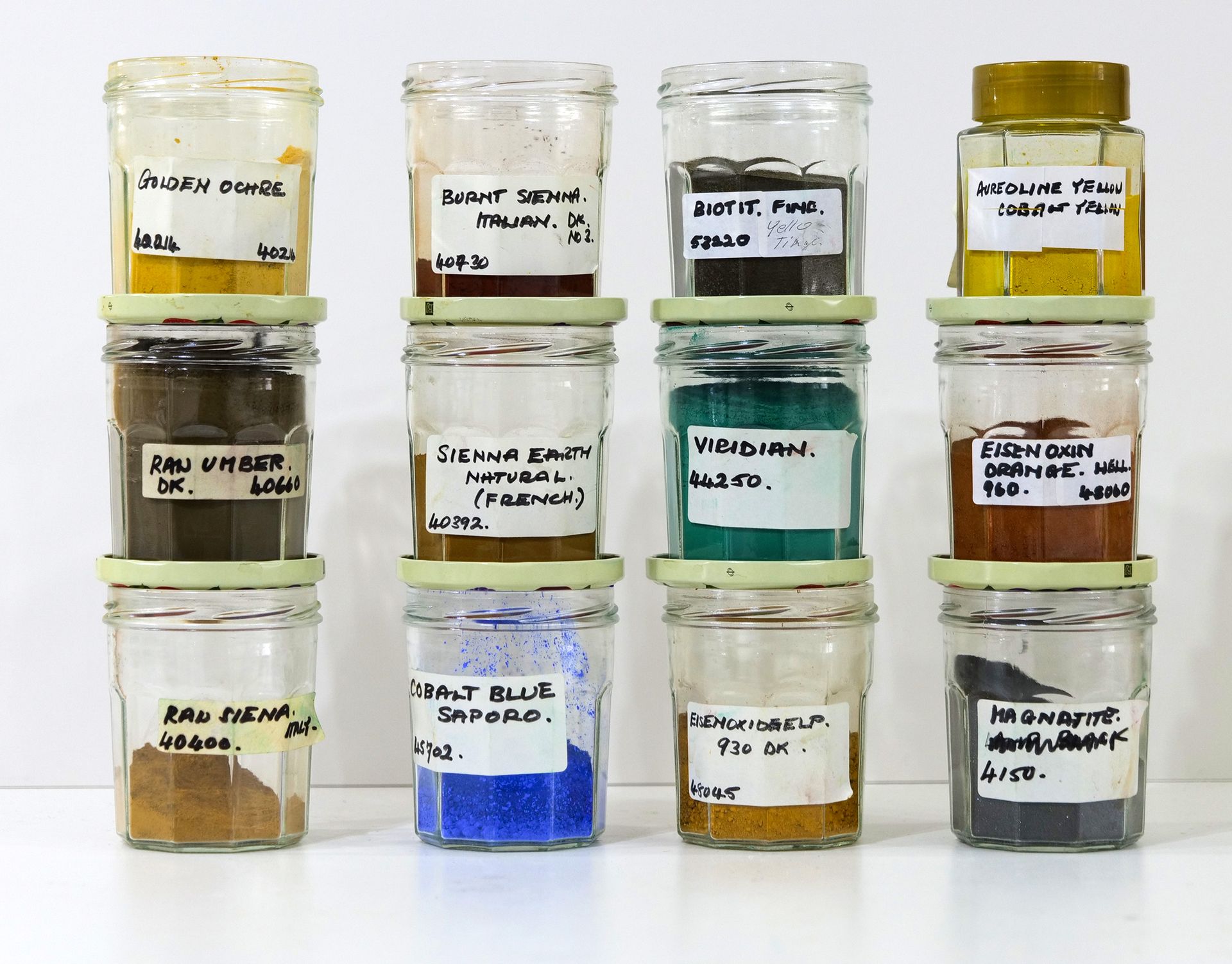As I write in mid-November, the UN Climate Change Conference – COP29 – is in full swing.
For those of us who paint, there are simple choices we can make to reduce our environmental impact. One of the most powerful is to use paints derived from natural, earth-friendly pigments – such as these:

Many of these pigments have names familiar from art history: ochre, sienna, and umber. Their colours are not only beautiful but deeply rooted in nature.
As a landscape artist, 95% of my materials come from four components:
- Cotton-based paper
- Natural earth pigments
- Filtered water
- Liquid gum arabic
These earth pigments are mostly clays, rich in iron oxide, and found around the world. Their warm tones often colour the real landscape, and humans have used them in art since prehistoric times.
They are inorganic, not derived from plants, and incredibly permanent. We see this in the remarkable preservation of artworks like the 17,000-year-old cave paintings in Lascaux, France.
If you're curious, I explain how to make your own watercolour paint here:
And how to make gum arabic – the binder that attaches pigment to paper:
To learn more about my inspiration and creative process, visit this link for an in-depth look behind the art.